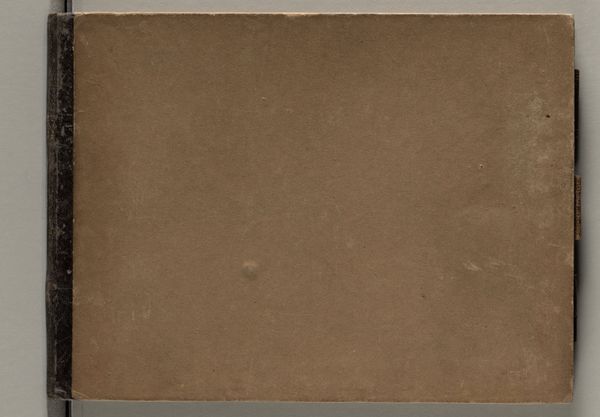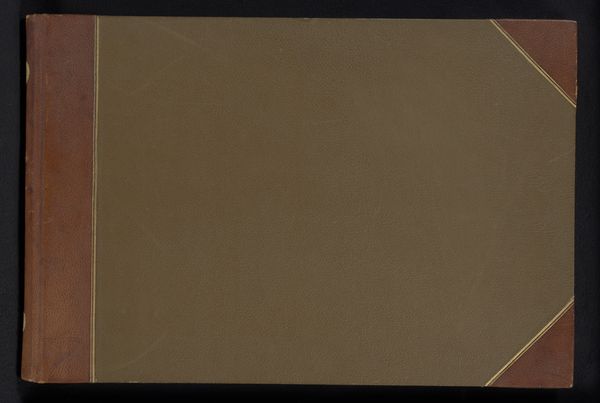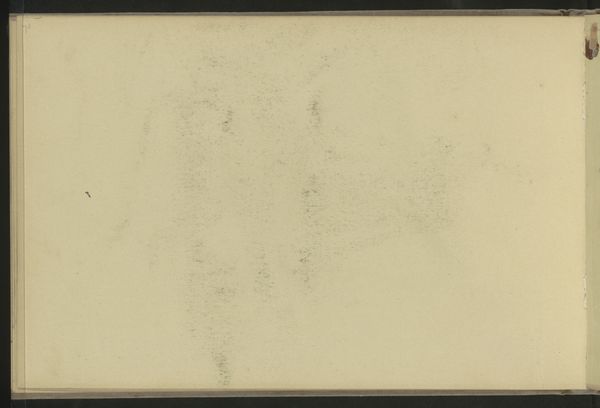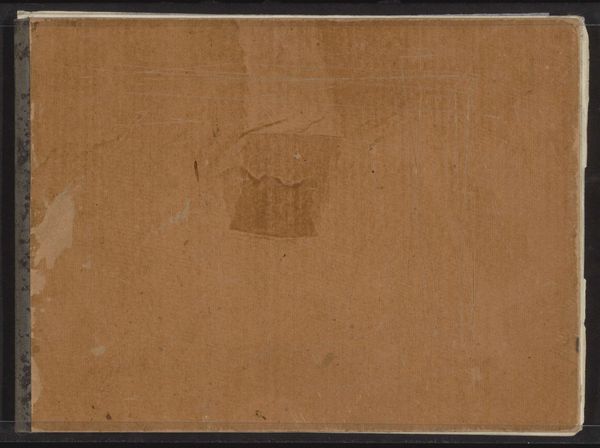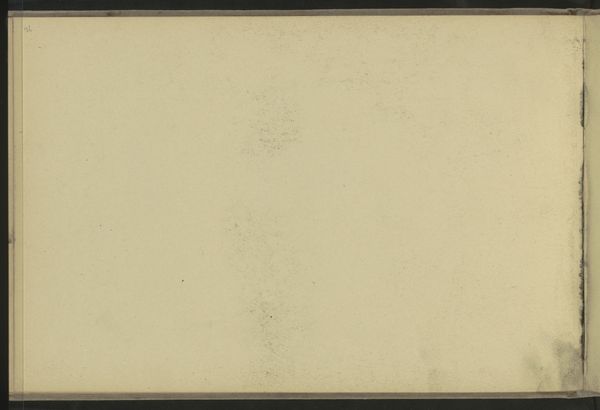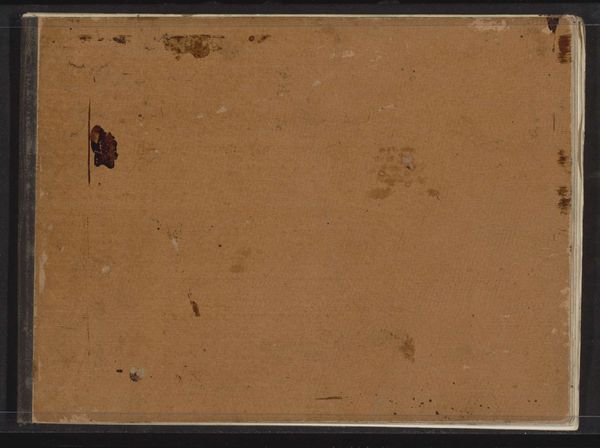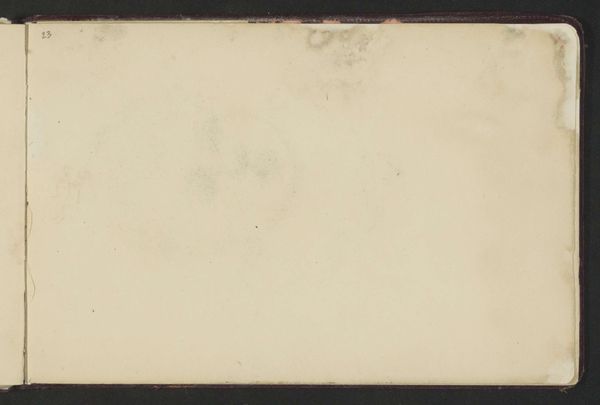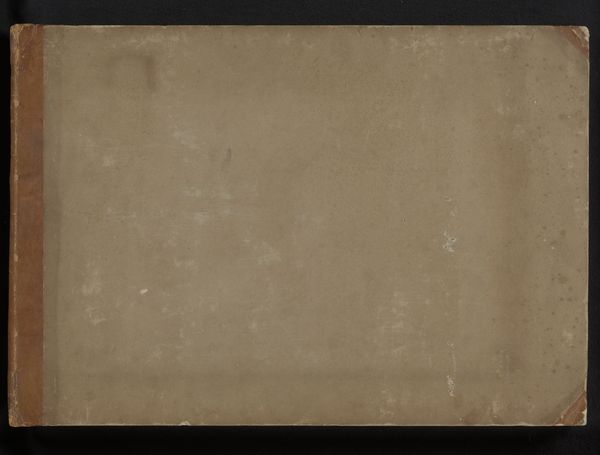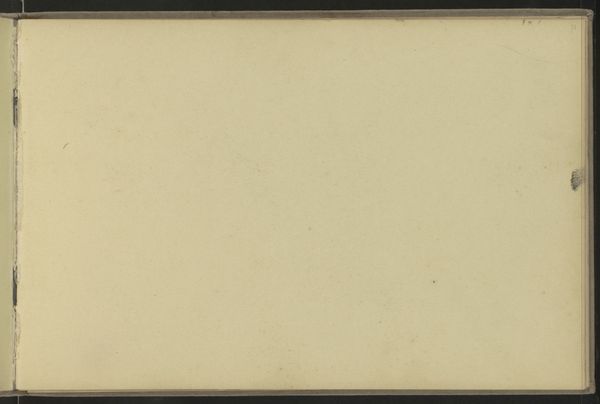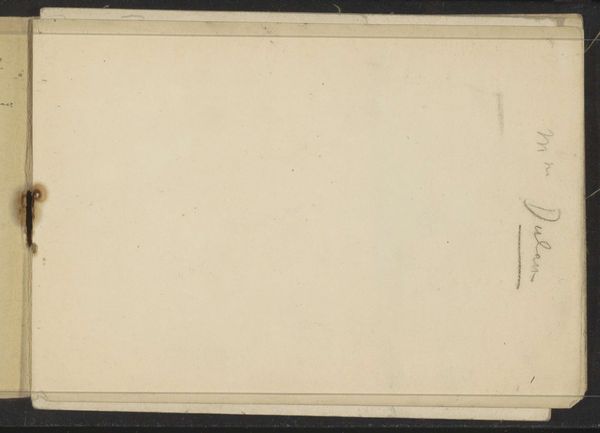![[Lacock Abbey] by William Henry Fox Talbot](/_next/image?url=https%3A%2F%2Fd2w8kbdekdi1gv.cloudfront.net%2FeyJidWNrZXQiOiAiYXJ0ZXJhLWltYWdlcy1idWNrZXQiLCAia2V5IjogImFydHdvcmtzL2E3ZjI2ZDViLTJhYzEtNDdmZi04MmFlLWFiNzE1OWZkNWIxNS9hN2YyNmQ1Yi0yYWMxLTQ3ZmYtODJhZS1hYjcxNTlmZDViMTVfZnVsbC5qcGciLCAiZWRpdHMiOiB7InJlc2l6ZSI6IHsid2lkdGgiOiAxOTIwLCAiaGVpZ2h0IjogMTkyMCwgImZpdCI6ICJpbnNpZGUifX19&w=3840&q=75)
daguerreotype, photography, albumen-print
#
landscape
#
daguerreotype
#
photography
#
albumen-print
Dimensions: Image: 19.6 x 25 cm (7 11/16 x 9 13/16 in.) Sheet: 17.5 x 21.2 cm (6 7/8 x 8 3/8 in.)
Copyright: Public Domain
Editor: Here we have William Henry Fox Talbot's "Lacock Abbey," created around 1839-1840, an early photograph, an albumen print from a daguerreotype. There’s a kind of ghostly quality to it, given the age and process. What do you see in this work that speaks to the history of photography and its place in art? Curator: It's interesting you use the word "ghostly," as it's often been applied to early photography because of the long exposure times, which rendered people as blurred or absent, hinting at their presence while simultaneously documenting their disappearance. Photography, at its inception, wrestled with its identity. Was it art, science, or merely a tool? This image, housed within a book and meticulously cared for at the Metropolitan Museum of Art, suggests the cultural elevation and preservation of Talbot’s work. The politics of photography in the 19th century were tied to representation: Who was able to be seen, how, and by whom? Do you think Talbot's choice of an abbey—a site of power and religious significance—is incidental? Editor: I hadn't considered the social implications so deeply. Perhaps the abbey represents a certain societal authority or establishment that Talbot, as an early photographer, was trying to align himself with. How fascinating! Curator: Precisely. It is a strategic positioning, associating a new medium with established institutions. What strikes me is the intent – was this destined as part of a portfolio, shown as proof, hidden within the pages or displayed as public view? And how the act of preservation shapes its history today. Now transferred into an electronic image for digital reproduction, who will witness the subject and whose story will it tell? Editor: I think that shift in understanding and perception over time is so key. The fact that we’re analyzing it today shows how far photography has come and also reveals how deeply embedded in historical and cultural contexts even the earliest images were. Thank you for that historical perspective.
Comments
No comments
Be the first to comment and join the conversation on the ultimate creative platform.
